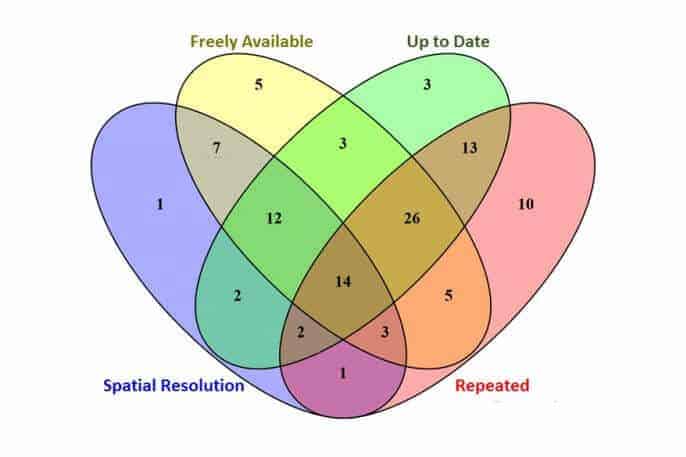To prevent a new mass extinction of the world’s animal and plant life, scientists need to understand threats to biodiversity, where they occur and how quickly change is happening. To do that, they need reliable and accessible data.
A new study by a UC Santa Barbara conservation scientist and his international colleagues reveals the paucity of such data. According to co-author Benjamin Halpern, a professor at UCSB’s Bren School of Environmental Science & Management, key information on important threats to biodiversity — such as invasive species, logging, bush meat harvesting and illegal wildlife trade — is lacking. The team’s results appear in the journal Science.
“I went into this project expecting to find dozens, if not hundreds, of examples of amazing data that could be easily used to understand threats to global biodiversity,” said Halpern, who is also deputy director of UCSB’s National Center for Ecological Analysis and Synthesis. “The drumbeat of news stories about ‘big data’ and the information revolution would have you think we are awash in data. It turns out the reality is the opposite.”
Over the past two years a consortium of 18 organizations — including UCSB, the United Nations Environment Programme World Conservation Monitoring Center (UNEP-WCMC), the International Union for Conservation of Nature and BirdLife International — has compiled available global data on biodiversity threats. The investigators reviewed almost 300 data sets and marked them on five attributes required for conservation assessments: whether they are free available, up to date, repeated, at appropriate spatial resolution and validated for accuracy. They found that only 5 percent satisfied all attributes.
“The bottom line is that very few data sets actually meet the basic requirements to be useful,” Halpern explained. “We call these requirements the ‘gold standard,’ but really they are the minimum necessary to get a passing grade.”
In the Information Age, data about biodiversity is lacking
Said lead author Lucas Joppa of Microsoft Research in Redmond, Washington: “We live in the middle of the Information Age but are effectively flying blind when it comes to understanding what is threatening biodiversity around the world.”
In some cases, the data needed for effective conservation policy already exist but are not accessible due to associated costs, commercial considerations or intellectual property arrangements. Agreements between conservation organizations and private companies can help address this. Government initiatives can also help, as many provide free data sets, including several that are relevant to environmental conservation.
The study’s findings stress that filling these data gaps need not be started from scratch. Several existing data sets, such as those dealing with invasive species on islands around the world, can be scaled up if appropriately resourced.
“It’s hard to overstate the value of having comprehensive, high-quality data for assessing the status of biodiversity,” Halpern said. “Without it, we have little idea of the actual status of species, whether threats are increasing or decreasing, if any of our conservation actions are actually helping or what kinds of future actions are most likely to be effective.”
The study includes a list of online data sets reviewed by the authors. “We will be working with data providers and conservation organizations to ensure that the number of gold standard data sets increases and are integrated with ongoing efforts around the world,” said Piero Visconti, KR Planetary Boundary Analyst at UNEP-WCMC.


